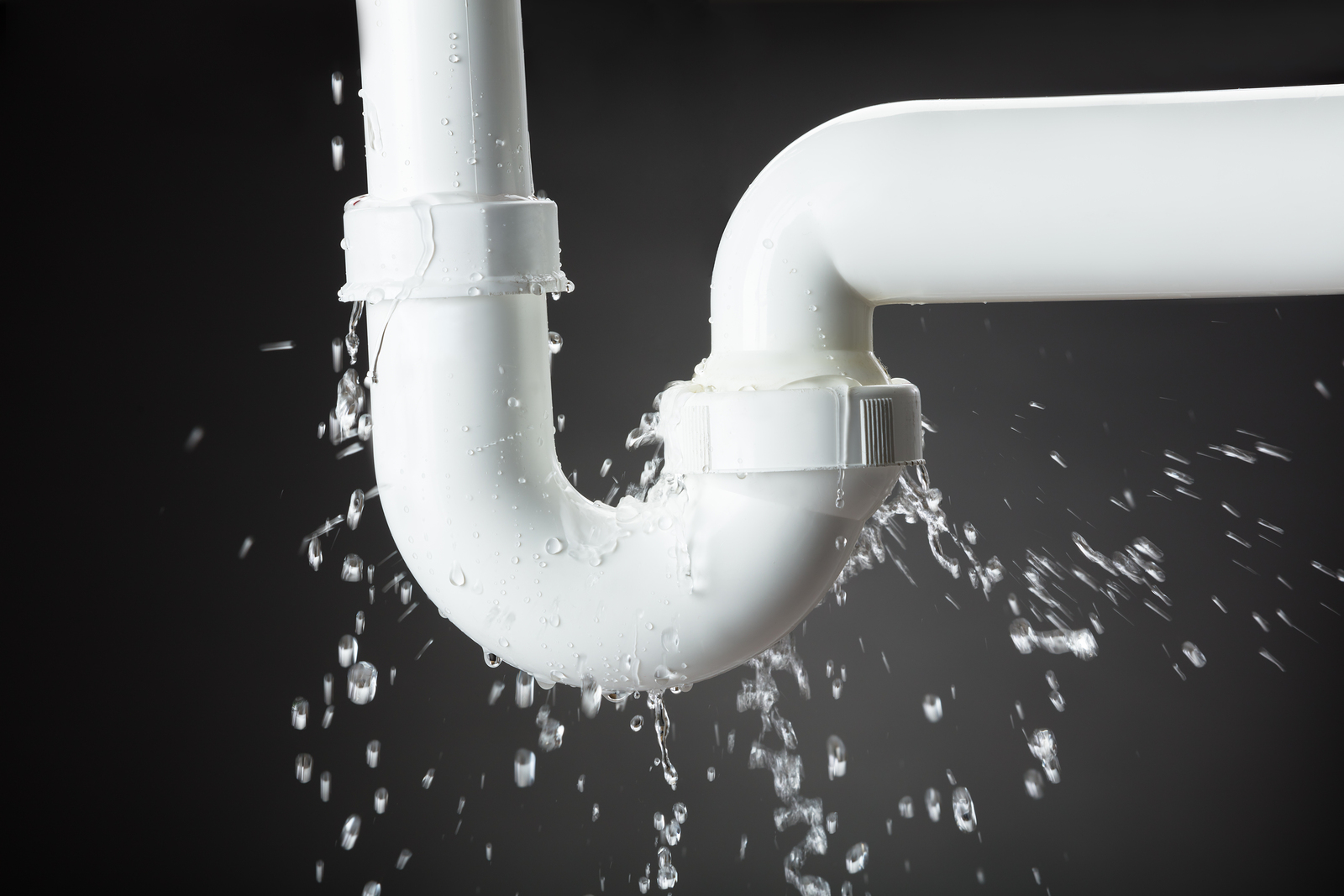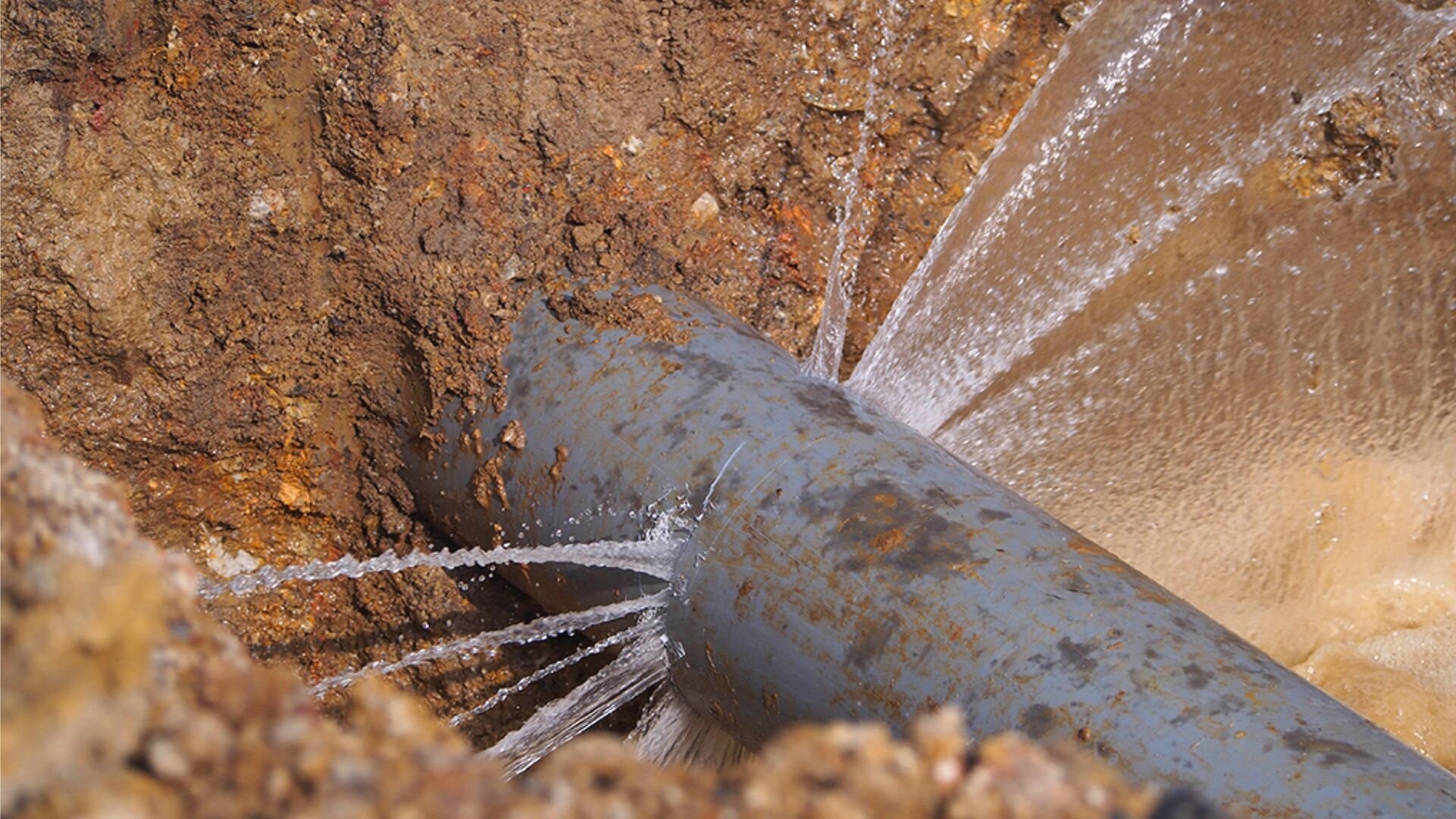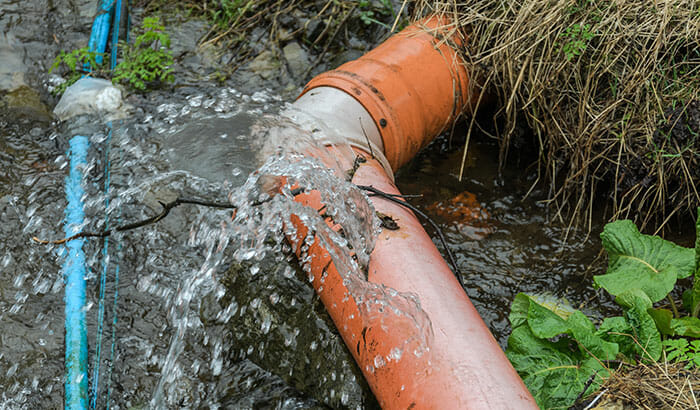Signs of a Burst Pipe: How to Identify and Address the Issue Before It Escalates
Stopping Burst Pipeline: Vital Tips to Safeguard Your Plumbing
Avoiding ruptured pipes is an important worry for home owners, especially during colder months when the risk of freezing is heightened. Applying critical actions such as proper insulation, regular evaluations, and preserving constant indoor temperatures can considerably minimize the chance of pipeline failing. In addition, recognizing emergency procedures outfits homeowners to react quickly to potential plumbing problems. Nevertheless, numerous are not aware of the details vulnerabilities that their pipes might deal with. Checking out these vulnerabilities can offer important insights right into protecting your plumbing system successfully.
Understand Pipeline Vulnerabilities
Understanding pipe susceptabilities is important for reliable plumbing upkeep and stopping pricey damage. A number of aspects add to the vulnerability of pipes to bursts, including product composition, age, and ecological conditions. Older pipelines, specifically those made from galvanized steel or polybutylene, frequently break down over time, resulting in increased danger of leakages and ruptures.
Temperature changes can also substantially impact pipe honesty. In chillier environments, water trapped in pipes can freeze, expanding and putting in pressure on the pipeline walls, which may eventually cause a burst. Moreover, high water pressure can strain pipelines, specifically at joints and bends, increasing the possibility of failure.

Insulate Pipes Correctly
Correct insulation of pipelines is critical for protecting against cold and subsequent bursts during chilly weather condition (burst pipe). Insulating your plumbing system efficiently safeguards versus temperature level goes down that can result in expensive damage. Begin by determining prone locations where pipes are exposed to outside temperatures, such as basements, attics, and outside wall surfaces
Usage foam pipeline insulation sleeves or cover insulation tape around these locations to give a protective obstacle. Ensure that all areas of the pipelines, particularly those with limited heat exposure, receive ample insulation. Pay special interest to fittings and joints, as these are much more vulnerable to cold.
When protecting, it's vital to select materials that fulfill neighborhood building regulations and are suitable for the particular environment. For circumstances, fiberglass insulation is commonly suggested for its thermal resistance residential properties - burst pipe. Furthermore, consider making use of warmth cable televisions or tape in extreme conditions, which can be connected in to supply extra warm
On a regular basis examine insulated pipelines for any type of indications of wear or damages, as compromised insulation can lessen its efficiency. By taking these proactive actions, you significantly minimize the risk of pipeline bursts, ensuring a reputable plumbing system throughout the winter season months.
Maintain Constant Temperature
A steady indoor temperature level is essential for stopping burst pipes throughout the freezing months. When temperature levels drop, water within pipelines can freeze, broadening and developing pressure that may ultimately trigger the pipelines to burst. To alleviate this risk, house owners should preserve a consistent temperature throughout their space, preferably no lower than 55 ° F(13 ° C)Making use of a programmable thermostat can help handle interior temperatures properly, guaranteeing that rooms with plumbing stay warm even when your home is unoccupied. Pay special attention to locations that are more prone to cool, such as garages, basements, and attics. Maintaining closet doors open under sinks can likewise permit warmer air from the home to circulate around plumbing.
In addition, it is prudent to enable taps to trickle a little during extreme chilly spells. This minor flow of water can avoid cold by easing stress within the pipelines. Furthermore, during especially serious weather condition occasions, consider briefly putting on hold any type of nighttime obstacles on your thermostat to preserve a stable warm environment. By executing these approaches, home owners can considerably reduce over here the threat of pipeline ruptureds and protect their plumbing systems versus the rough winter season elements.
Consistently Check Plumbing
Routine assessments of pipes systems are vital for avoiding ruptured pipes and keeping overall home honesty. Routine checks enable homeowners to identify possible concerns before they rise right into expensive repairs or significant water damages. During these inspections, it is essential to take a look at visible pipes for indicators of corrosion, leaks, or put on. Pay unique attention to areas vulnerable to freezing, such as basements, attics, and exterior wall surfaces.
Additionally, checking joints and links is vital, as these factors are often susceptible to leakages. Property owners must additionally assess water stress degrees, as extreme stress can stress the plumbing system and increase the risk of pipe ruptureds.
Take into consideration scheduling professional plumbing assessments at the very least annually, particularly prior to winter season, to ensure your system is prepared for colder temperatures. Regular examinations not just assist in determining instant issues yet additionally foster long-term maintenance strategies that can enhance the life-span of your plumbing system. By being aggressive in your strategy, you can secure your home versus the disruptive and expensive repercussions of burst pipelines. Focusing on plumbing examinations is an investment in your house's health and wellness.
Know Emergency Situation Treatments
Comprehending emergency procedures is essential for each homeowner, specifically after conducting normal plumbing examinations. Being planned for a plumbing emergency can dramatically alleviate damage and conserve costs. Locate your major water shut-off valve; it is typically discovered near the water meter or where the main line enters your home. Familiarize yourself with its procedure, as turning off the water swiftly can stop substantial flooding.
Following, keep crucial tools useful. A plumbing emergency kit ought to consist of a wrench, bettor, and towels, in addition to a flashlight and a pail for little leakages. In addition, consider having the call information for a relied on plumbing technician conveniently available, ought to the circumstance intensify past your control.
If you detect a leak or burst pipeline, instantly shut off the water and visite site alert your plumber. Furthermore, record the damages with photographs for insurance policy functions. burst pipe. Understand the indicators of prospective pipes problems, such as uncommon water pressure fluctuations or damp spots on walls
Eventually, aggressive expertise and swift action are crucial in managing pipes emergencies, ensuring your home stays secured and lessening potential damages.

Verdict
To conclude, avoiding ruptured pipes demands a diverse approach that includes understanding pipeline vulnerabilities, proper insulation, keeping consistent interior temperature levels, routine examinations, and knowledge of emergency procedures. By executing these necessary strategies, the threat of plumbing failings can be considerably minimized, consequently making certain the longevity and effectiveness of the pipes system. Proactive measures not just safeguard against possible sites damage yet also add to overall water conservation and the security of property.
In colder climates, water entraped in pipes can freeze, broadening and exerting pressure on the pipeline wall surfaces, which might inevitably lead to a burst. When temperature levels decline, water within pipes can freeze, developing and broadening pressure that may ultimately cause the pipelines to ruptured. By applying these strategies, property owners can substantially minimize the risk of pipe bursts and protect their plumbing systems against the harsh winter months elements.
